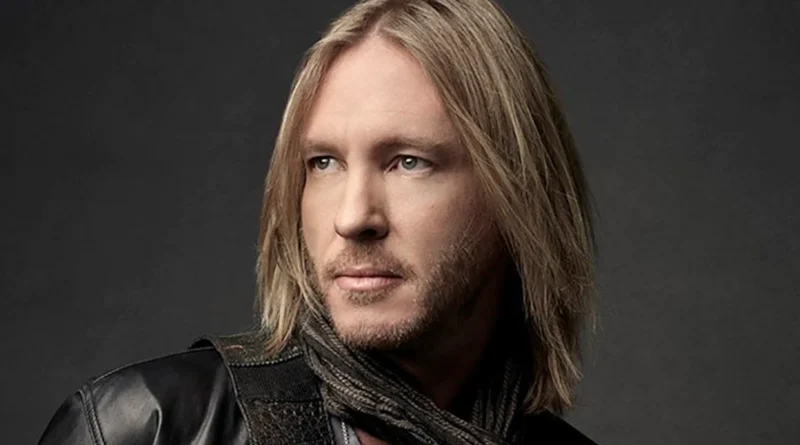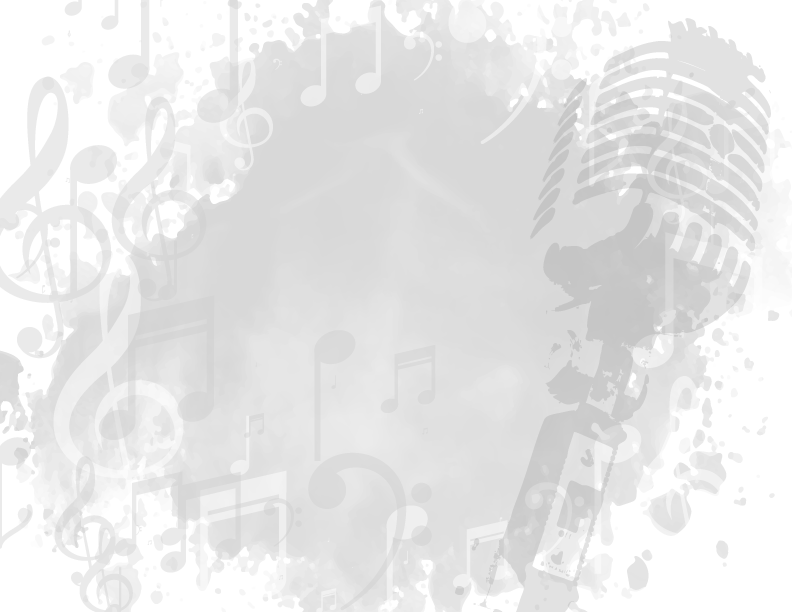Talkin’ Some Trouble: A Conversation With Kenny Wayne Shepherd
Kenny Wayne Shepherd’s life has never been ordinary.
His dad a radio program director, Shepherd’s world was almost entirely shaped by music in his formative years. The more he heard, the more seeds were planted.
The young Shepherd not only developed a fondness for the craft, he built a burgeoning interest in trying his hand at creating some of it on his own. So he did.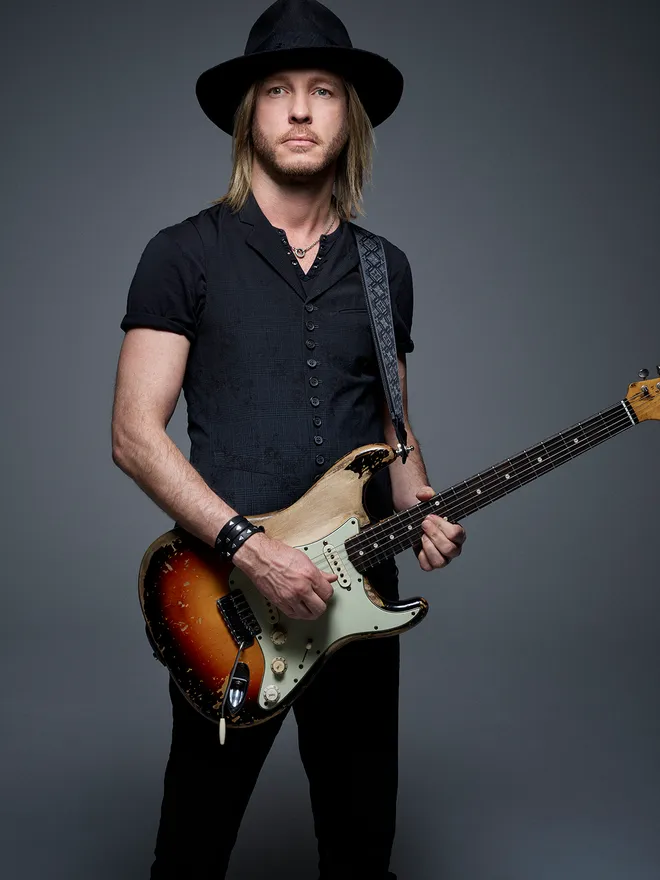
It was then that ordinary left the building, never to return.
At the incredibly young age of 13, Shepherd signed his first major label record deal as the next “big thing” blues guitarist. He did not disappoint, emerging as one of the most significant players in the genre, earning platinum certification for his 1995 debut album, “Ledbetter Heights,” which topped the blues charts. He followed it up in 1997 with his landmark album, “Trouble Is…,” which included his breakthrough hit, “Blue On Black.”
More than two decades later, Shepherd decided to revisit the album, re-recording it and releasing “Trouble Is…25.” A tour followed. In the midst of it all, Shepherd got to play a $6 million guitar onstage.
Anything but ordinary.
Shepherd recently finished up his “Trouble Is…25” and has begun transitioning to a new tour featuring material from multiple albums as he gears up for release of new material.
ListenIowa recently caught up with Shepherd, who will make a return to Hoyt Sherman Place in Des Moines on Tuesday, Sept. 26, to look back on “Trouble Is…”, playing David Gilmour’s famous $6 million guitar, and more.
You recently got to share the stage with the legendary bluesman Buddy Guy, who is retiring soon. Did you give yourself a chance to bask in those moments, since this is his last go-round?
One of the things I’ve learned over the years is to try to at least immerse yourself in the moment. All you have is that moment, and once it’s gone, you don’t get it again. I do my best, whenever possible, to try to be present in the moment in situations like that. Buddy is an American icon. An American treasure. All of those labels apply to him. I’ve known him since I was 14 years old and have been fortunate enough to do a lot of shows with him many times. I consider myself incredibly fortunate. When you get to make music with one of your heroes, that’s about as good as it gets.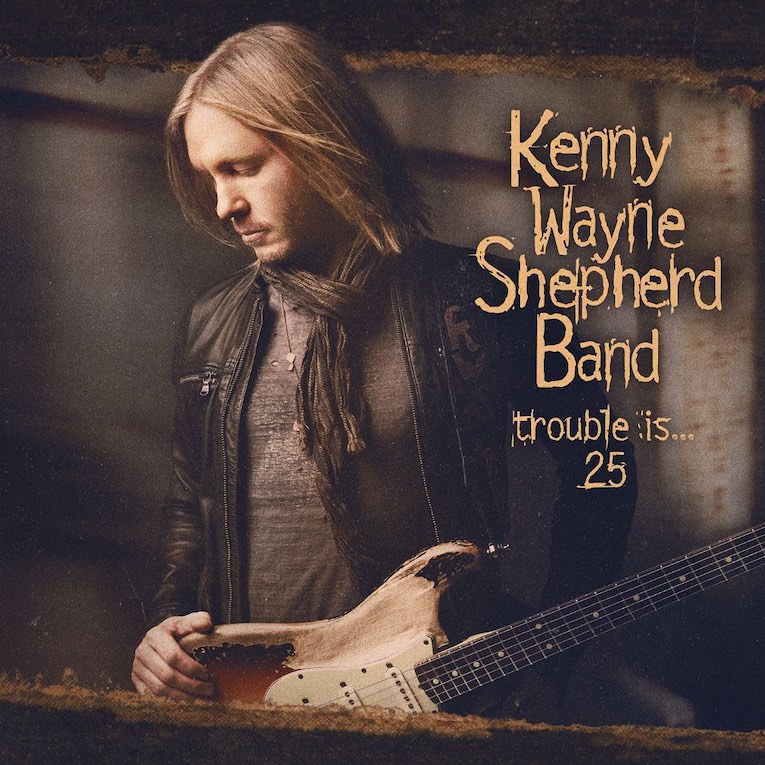
You’ve had many opportunities to play with some of the best musicians in the world in the course of your career thus far. Are there any that particularly stand out?
There are so many it’s hard to point any specific one, but becoming incredibly close with B.B. King is one, getting to know and getting to tour multiple times with Eddie Van Halen would be another. We did their whole last tour in 2015. Opening for The Rolling Stones, or having a side band with Stephen Stills. To me the coolest thing about all of this is, you get to meet your heroes, and that’s awesome. Sometimes it’s just that. You meet them. And sometimes you get to get on stage and play music with them. That’s cool, too. But really, what’s been incredible to me is when you meet some of your heroes and then you develop this close personal relationship with them and they become your friend on a personal level outside of music. You get to know the individual, and that’s been the thing that’s been the most incredible for me.
You re-recorded your landmark album of 25 years ago,“Trouble Is…”, with the result being “Trouble Is… 25.” Talk about the decision to undertake that. Was it a daunting effort, two decades later, to get back to that particular space?
That record is a monumental record. We’re celebrating the 25th anniversary of it, which makes you realize we’re coming up on the 30th anniversary of the very first album. So between those first two albums, that’s what built the foundation with the fans that’s been this 30-year journey. It (“Trouble Is…”) was a huge album for the genre as well. It got blues rock back on mainstream radio in a big way and broke down a lot of barriers. When we went to re-record it, the general consensus among all of us is that this music has stood the test of time. It still sounds fresh. If this was a new record we were putting out today, it would be just as relevant as it was 25 years ago.
Were there any tracks from “Trouble Is…” that you looked forward to giving a “fresh coat of paint” or make a change here or there that you wished you would have the first time around?
I thought about that, that this would be the opportunity to go back and fix anything that was bothering me about that record. But the more songs we recorded, and the more we played the stuff, the more I realized just how right we got it. We did some subtle changes here and there, but that was more or less for the people who own the first version so they can realize they’re having a new listening experience. The new version of the album sounds very familiar, because it’s very similar. I went back, played that stuff, and had no regrets. On the original we did record a cover of the Bob Dylan song “Ballad of A Thin Man,” which was originally recorded for the “Trouble Is…” album but didn’t make it. So we decided to re-record that and include it on the new version of the album so people could hear this version of a song they never knew existed.
How difficult was it to get the tone — the sound — to match what you did 25 years ago?
I have all of the equipment that I used from the original album’s recording. I went into storage and started pulling out all the amplifiers that I used, the effects pedals, and the guitars. It was really interesting because one of these amps in particular hadn’t been turned on for at least 20 years. I was curious to see if this stuff even worked, and if it did, what it would sound like. So I just lined the stuff up, plugged into it, started playing, and there was the sound. Ninety percent of it was just having the same equipment. That made that part of it a lot easier.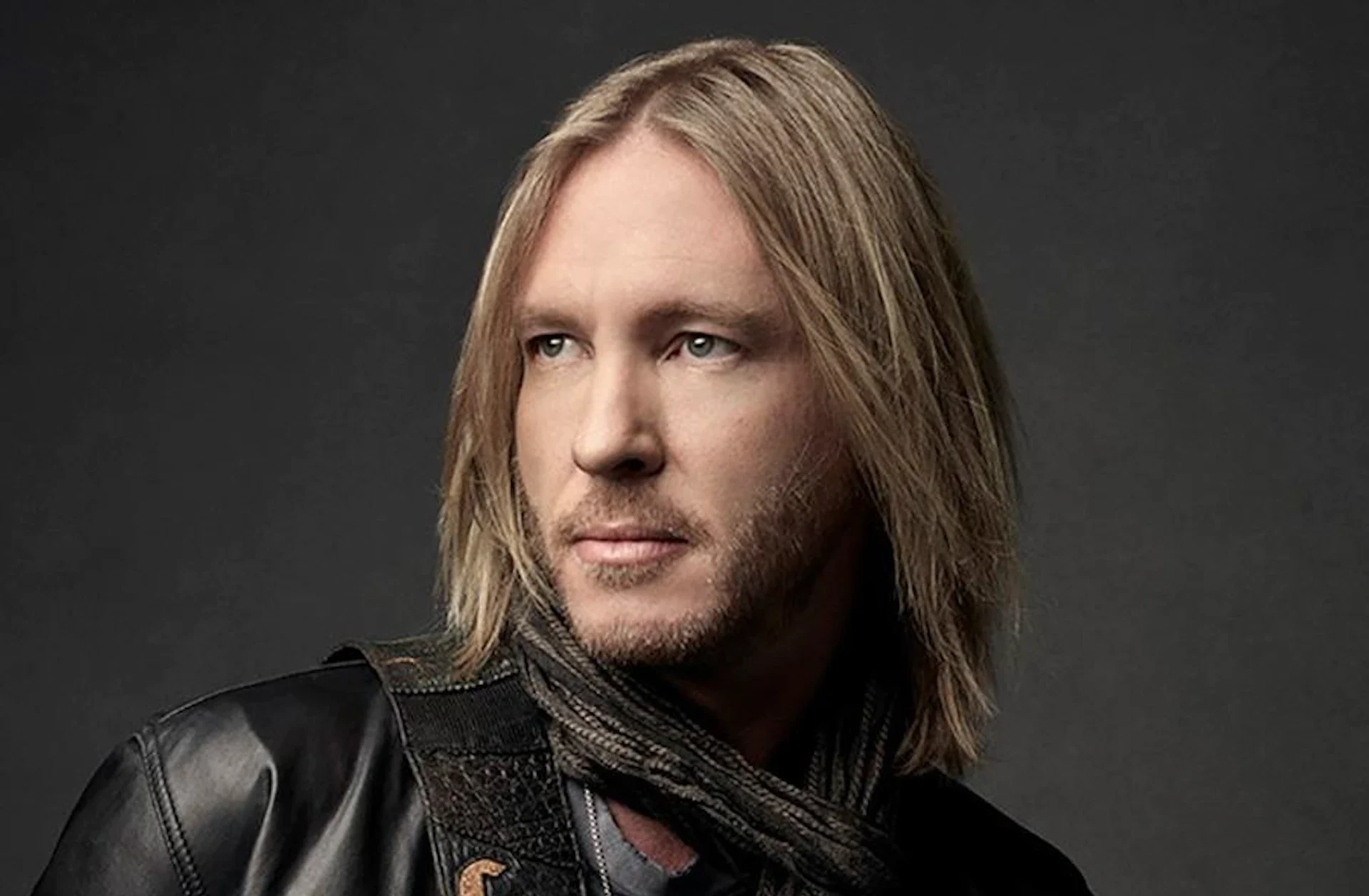
You’ve been a “known” entity in the blues community since you were very young, and have grown up in the industry basically. How do you think your playing has evolved, or changed, if any, throughout?
It should, if you’re evolving as an artist. Really, for me, it’s been this level of comfort that I’ve grown into in my career, and with my fans. Early on, I was like, “I’ve got to prove myself. I’ve got to show everyone what I’m made of and that I deserve to be here.” And that’s cool because that drive is helpful in the beginning. And that’s evolved from thinking I have to prove myself for everybody, to now, where it’s like, I feel like I’ve proved myself, and instead of having to do that, I can do what’s best for the music. Instead of playing ever lick you know in a solo, it’s now playing what’s best for the song. There’s a beauty in restraint. I’ve enjoyed that part of it.
With “In 2 Deep,” “Somehow, Somewhere, Someway,” “Blue On Black,” etc., you’ve built a strong and deep catalog at this point. Does it get more difficult as the tours come and go, to build a setlist?
It does. If put a setlist together of just the radio singles I’ve had in my career, that alone would fill up a whole show. But we’re not doing a greatest hits tour. We have a new album coming out in November. In our current show, the first three or four songs of the set are from our most recent studio album, “The Traveller.” We’re making and recording new music, and we want to play that stuff as well. It’s a fine line to balance in trying to keep everybody happy. Ultimately, the great thing is, we’ve had some great songs and success at radio over the years, but also the real focus of the band is the guitar playing and the moments. The songs are there to create a platform for the guitar playing. That’s in every song. People get what they’re coming for.
Have you ever thought about doing a straight ahead, full-on instrumental album?
I’ve thought about it. Maybe one day. But I don’t consider myself to be an instrumentalist, which has been the case from the very beginning when I signed my record deal. Irving Azoff signed me as an unknown artist, and he told me, “Just go make a record. Make whatever album you want to make. I don’t care if it’s all instrumental, has singing on it, just go make whatever album you feel inspired to make.” So from the very first record, I’ve felt inspired to record songs that tell stories, have lyrics and vocal melodies that stay in people’s heads and they want to sing along with. I grew up around a radio station. My dad was a disc jockey and program director, so I listened to the radio constantly and that radio formula is kind of a part of who I am.
You played David Gilmour’s (Pink Floyd) famous black Stratoscaster, courtesy of uber-collecter and NFL owner, Jim Irsay. How was it handling a $6 million guitar onstage?
You know, I’ve been incredibly fortunate. I’ve played some of the most iconic guitars on the planet, and that was one of them. I also played Jimi Hendrix’s Stratoscaster that he played at Woodstock. I’ve also played the Strat that Bob Dylan played at the Newport Folk Festival when he went electric. The Gilmour guitar is iconic. Most guys, when they get their hands on a guitar like that, play a couple of licks on it and feel privileged to get to say they did it. But to get it and play it onstage in front of people on top of that, is another layer of pressure. And then there’s the fact that we were going to play “Comfortably Numb.” So I’m playing his guitar, in front of thousands of people, and I’m playing the song that he played it on. I was like, “Man, I really can’t screw this up.” Thankfully, I was able to rise to the occasion, and we had a really great moment.
I’d heard a recent interview with Irsay and was surprised by the amount of musical knowledge he had. The guy is like an encyclopedia.
I’ll never cease to be amazed by him and what he knows. I think he knows more about music than a lot of professional music people do, to be honest. He’s an incredible wealth of knowledge about music, lyrics, music history. It’s remarkable.
Last question: You get the entire world as your audience for one song. Which one do you pick that best represents Kenny Wayne Shepherd?
The most obvious answer would be “Blue On Black.” Historically it’s been our biggest hit song. I’m really proud of everything about that song, from the lyrics, to the production, to the amount of people its affected and reached over the years. A lot of times, when an artist first comes out, the first thing the media, or whoever it is, will do is drum up comparisons to try and figure out which category to put you in. I’ve had a lot of comparisons like that over the years, whether it’s been Stevie Ray Vaughn, Hendrix, the Allman Brothers, but when you listen to “Blue On Black,” it’s a completely unique song. I don’t think you can listen to it and say it sounds like some other band. It just doesn’t. It’s 100 percent uniquely its own. It has elements of all of my influences I grew up listening to, but that song is 100 percent is Kenny Wayne Shepherd and nobody else.
Kenny Wayne Shepherd
Where: Hoyt Sherman Place, Des Moines
When: Tuesday, Sept. 26
Time: 8 p.m.
Tickets: Reserved Seating: $59, $69, $79, $99

